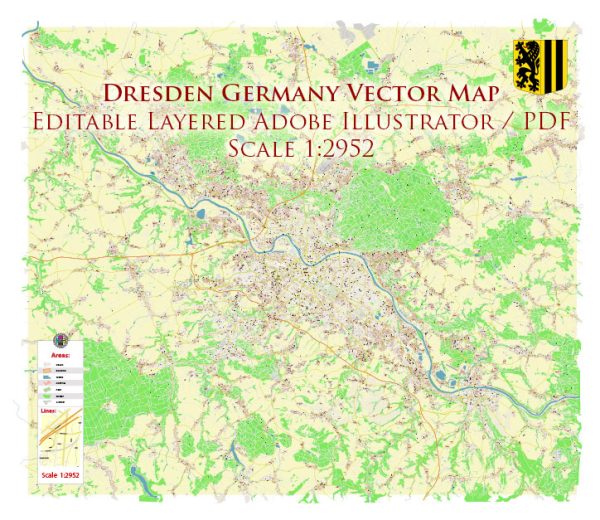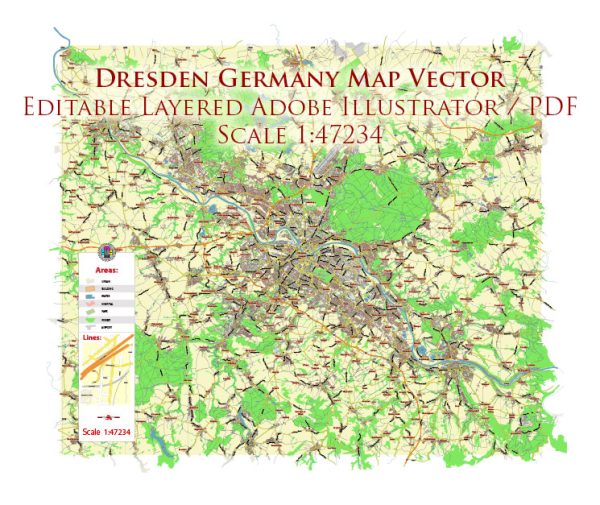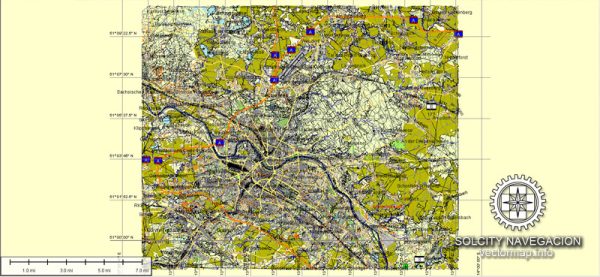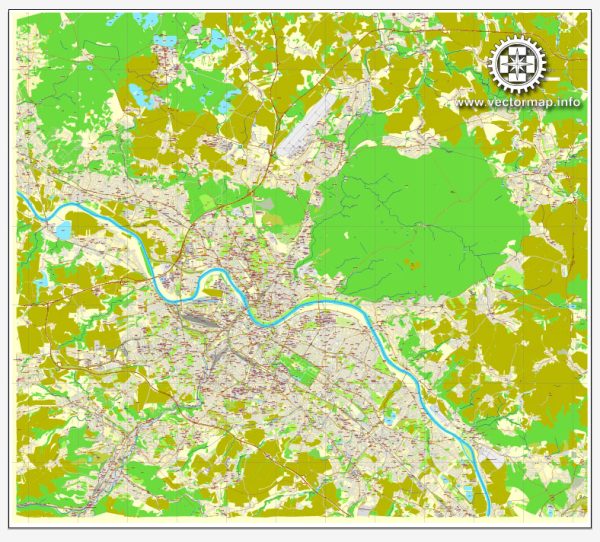Dresden, located in the eastern part of Germany, has a rich history of urban development that spans centuries. The city’s development has been shaped by political, economic, and cultural factors, and it has undergone significant transformations over the years. Here is a brief overview of the history of urban development in Dresden:
- Medieval Period (12th-16th centuries):
- Dresden’s origins can be traced back to the 12th century when it was a small Slavic fishing village. Over time, it evolved into a market town and eventually became the residence of the Margraves of Meissen.
- Renaissance and Baroque Period (16th-18th centuries):
- Dresden experienced significant growth during the Renaissance and Baroque periods. Augustus the Strong, Elector of Saxony, played a crucial role in transforming Dresden into a major cultural and artistic center.
- The cityscape was enriched with magnificent Baroque architecture, including the Zwinger Palace, the Semperoper opera house, and the Hofkirche (Catholic Court Church).
- The Elbe River became a focal point of urban development, with the construction of the Brühl’s Terrace, also known as the “Balcony of Europe.”
- 19th Century:
- In the 19th century, Dresden continued to expand and modernize. The industrial revolution brought economic growth, and the city’s population increased significantly.
- New districts were developed, and infrastructure projects, such as the construction of railways and bridges, contributed to the city’s connectivity.
- World War II and Destruction (20th Century):
- Dresden suffered extensive damage during World War II, particularly during the bombing raids of February 1945. The historic city center was almost completely destroyed, including many iconic landmarks.
- Post-War Reconstruction (Mid-20th Century):
- After the war, Dresden underwent a long and challenging period of reconstruction. The rebuilding efforts aimed to restore the city’s historic character while incorporating modern elements.
- Some historic buildings were reconstructed, such as the Frauenkirche, which was completed in 2005 after decades of reconstruction efforts.
- Post-Reunification (1990s-Present):
- After German reunification in 1990, Dresden experienced a revitalization. Investments in infrastructure, cultural institutions, and tourism contributed to the city’s renewed vibrancy.
- The restoration of historical landmarks continued, and Dresden regained its status as a major cultural and economic hub in eastern Germany.
Today, Dresden is known for its beautifully restored historic buildings, cultural attractions, and a blend of historic charm with modern amenities. The city stands as a testament to resilience and the ability to rebuild and thrive even after significant challenges.





 Author: Kirill Shrayber, Ph.D.
Author: Kirill Shrayber, Ph.D.